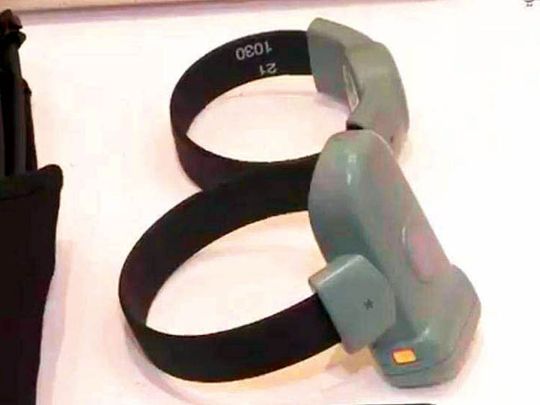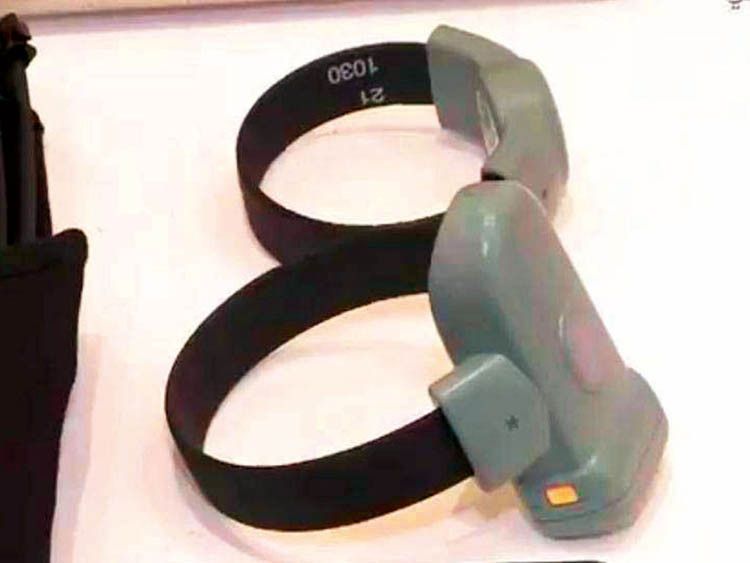
Abu Dhabi: As many as 302 convicts have been fitted with electronic tagging devices in Abu Dhabi since the introduction of electronic monitoring of inmates last year, according to Khaled Al Shamsi, director of Community Services Prosecution at the Abu Dhabi Judicial Department.
Speaking about the electronic tagging and monitoring of inmates and their social implications, Al Shamsi said the new rule allows prisoners to stay with their families and a chance to reform themselves in the mainstream.
Eligible inmates who have mostly been tagged with electronic bracelets include employees, students, breadwinners of the family and parents, those with bank loan defaults who have been imprisoned for six months only, those representing the country in international sports competitions and those with certain drug offences, bounced cheques and traffic violations.
“Our aim is to reintegrate such inmates with society. Similarly, we want those who work or study to continue with their jobs and education,” he said.
For example, if a person is sent behind bars due to a minor crime, he may stand to lose his job and be unable to repay loans or support the family. Students would be deprived of education with their entire future being jeopardised, Al Shamsi explained.
He said such devices will reduce crowds at correctional centres and minimise the financial burden on jail authorities.
Authorities use these electronic monitoring devices as an alternative to jail terms or prevent them from fleeing the country.
Penalty for fleeing, damage
Prisoners who have been tagged but later try to flee, damage or breaking the tagging devices will be imprisoned for over two years.
Al Shamsi said in case of partial or total loss or damage of the device, the person will be referred to the Public Prosecution, which will investigate the matter and refer the case to a judge to determine new punishments.
“In such cases, the inmate may be sentenced for two or more years or one-year and Dh20,000 fine. The total fines will not exceed Dh30,000 and the person will be asked to pay the cost of the damaged device as well,” he said.
HOW TO REQUEST FOR TAGGING
Electronic tagging is open to prisoners of all nationalities, subject to certain conditions, and their families can request for the option through the Public Prosecution and the court of Abu Dhabi, Al Shamsi said.
The decision to tag the convicts rests with the court based on the crime committed. The court can reject the request, in which case a secondf applicatrion for tagging can be made only after six months.
WHAT IS AN ELECTRONIC TAG?
It is a device fitted around a convict’s ankle. It allows police to monitor the convict’s movements and ensure compliance with specific conditions and restrictions. The police operations room monitors the tags round the clock. An officer is even assigned to be on call to provide assistance if and when required.
HOW THE DEVICE FUNCTIONS
The electronic tag functions in two ways. First, through continuous radio broadcasts and second, electronic surveillance via satellite, where the anklet sends signals to the operations centre. In case of removal or manipulation, the device alerts the operations centre.













